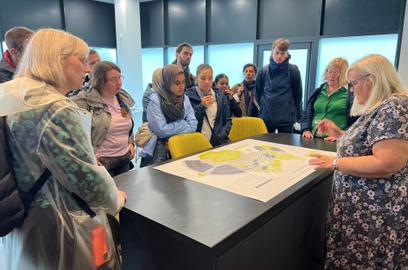Bristol Study Trip

Tibbalds
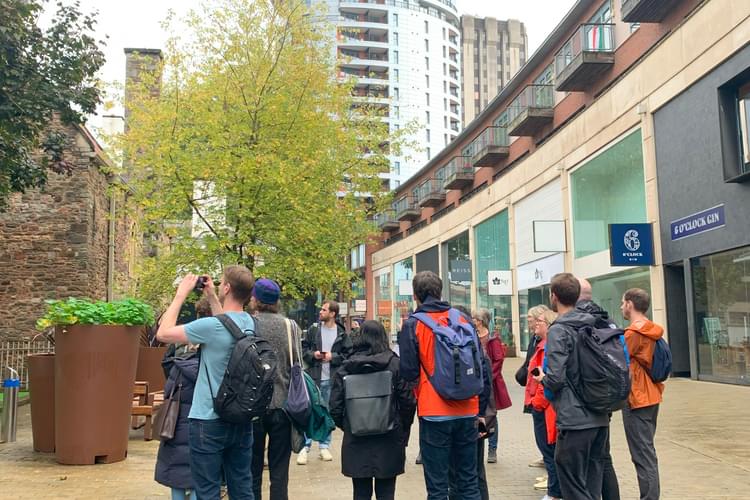
For Tibbalds autumn study trip, we took the train to Bristol to learn about two interesting projects happening in the city: The Bristol City Centre Development and Delivery Plan (DDP) and Phase 3 of the Paintworks housing development.
The Bristol City Centre DDP
To start off our day, Sarah Jenkinson, previously an employee at Tibbalds and now on Bristol City Council’s regeneration team, very kindly took us on a tour around the city centre shopping area to tell us all about what the DDP is trying to do.
We started the tour in Castle Park, hiding from the rain in the park’s bandstand. Sarah highlighted several issues with the park, noticeably the uneven terrain creating crime inducing hiding spots, a result of the mounds created by the bomb damage during WW2. I’ve since learnt the park didn’t even exist prior to the war, and the area we were standing on was the main shopping area. The city centre was so damaged by the blitz it was as an opportunity for a complete redesign.
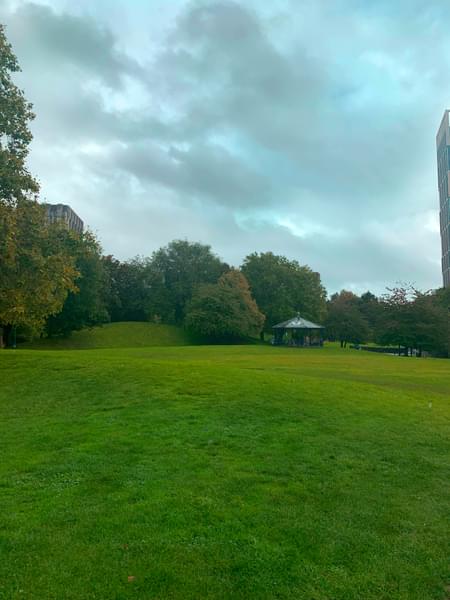
From Castle Park we moved onto Cabot Circus shopping mall, the most recent big addition to the town centre. For its time (it opened in 2008), the mall was fairly forward thinking. Very open to the city to the west, it links seamlessly with the shopping streets and does have a more authentic high street feel. This is very unlike the many shopping centres, such as Westfield, which have clear demarcations between inside and outside the mall.
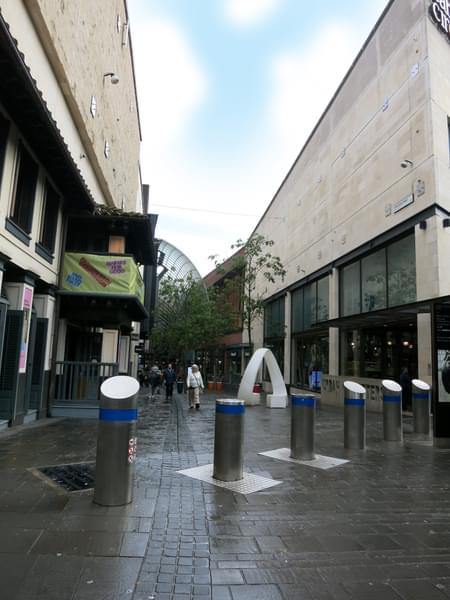
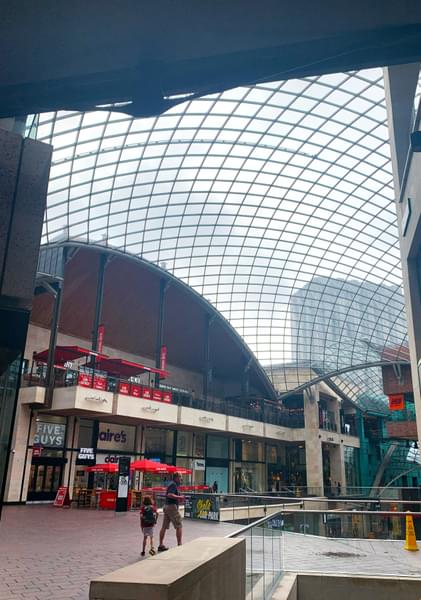
However, this openness does not extend all around mall. Blank, uninteresting facades dominate much of what fronts onto the A4044. That road itself is an imposing feature, spanning six lanes in some places, it envelopes the northern part the city centre and splits the whole city in two.
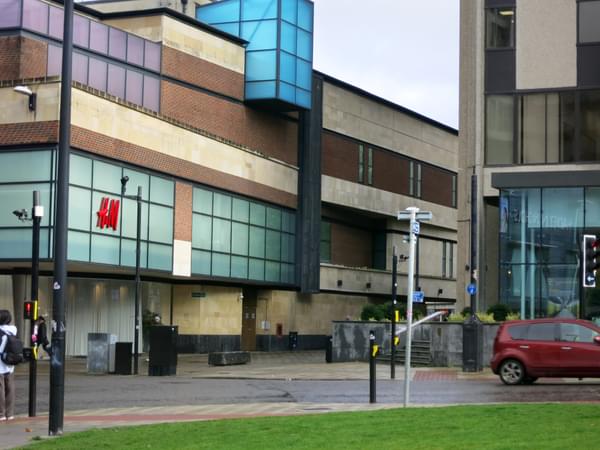
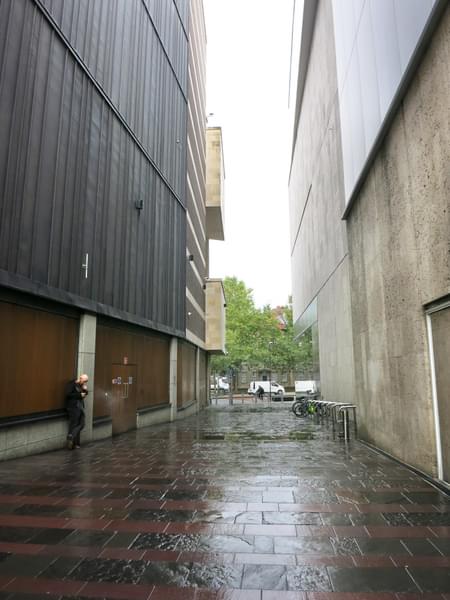
We walked down a short part of the A4044 from Cabot Circus to a large, obtrusive roundabout ominously named the Bearpit. This was a place for cars, not pedestrians. The noise created by the traffic made it hard to hear each other, the routes to cross the space were indirect. And whilst there is a pedestrian plaza in the middle of the roundabout, it’s not exactly the ideal setting to meet people or go for a stroll.
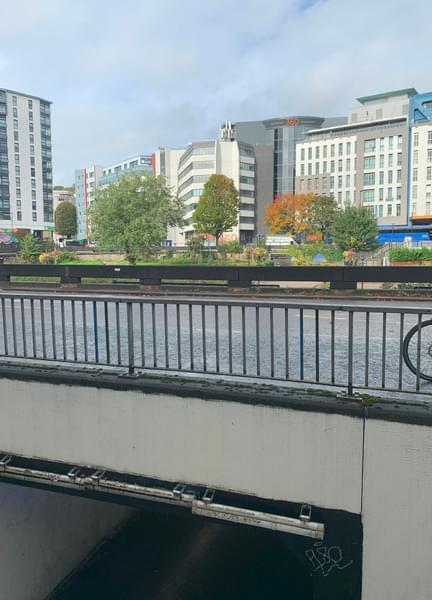
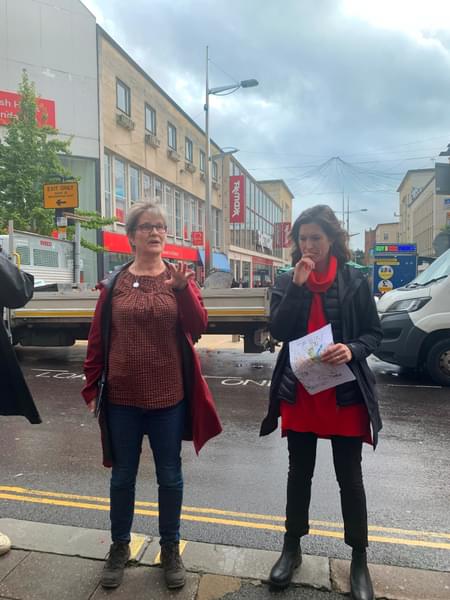
The DDP sees this area as having potential to improve the accessibility of the city centre. When we walked from the roundabout to Merchant Street its potential did become clear. However, it would need a more direct route from the roundabout and more open, attractive buildings that create an inviting gateway to Broadmead and beyond.
On the final few stops of the tour we passed lovely pockets of heritage, such as Quakers Friars and the Merchant Taylors Alms houses, that with the right changes made could create beautiful focal points for people to socialise. This was very apparent where we finished the tour, at St. Peters church in Castle Park.
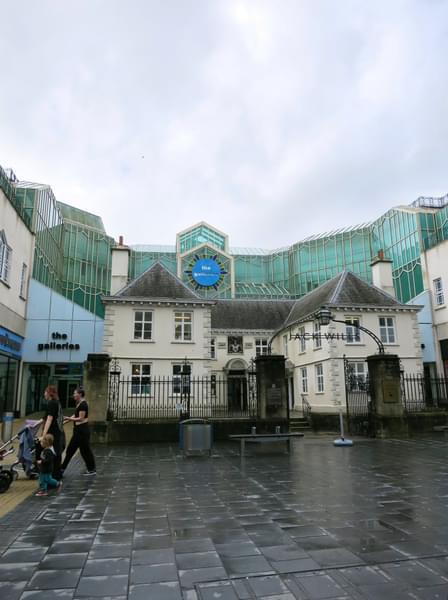
Ruined physically by the war but not at all visually, its surrounding churchyard is being looked at through community co-design to see how the site could be updated to make better use of the space in it’s wonderful surroundings, bringing more people in to enjoy the park. The pedestrianisation of Newgate alongside the redevelopment of the Galleries, both of which are next to the church, will definitely help their efforts in doing this.
After the tour we warmed ourselves with an excellent lunch at Bocobar, located very close to our next stop on the trip, Phase 3 of Paintworks; a fascinating development by Crest Nicholson, on the southern bank of the River Avon in south east Bristol.
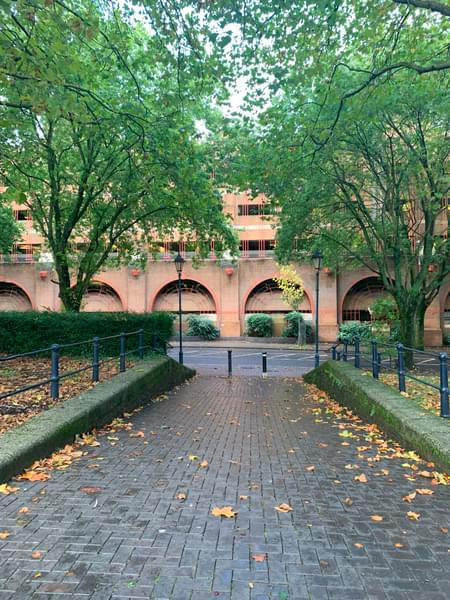
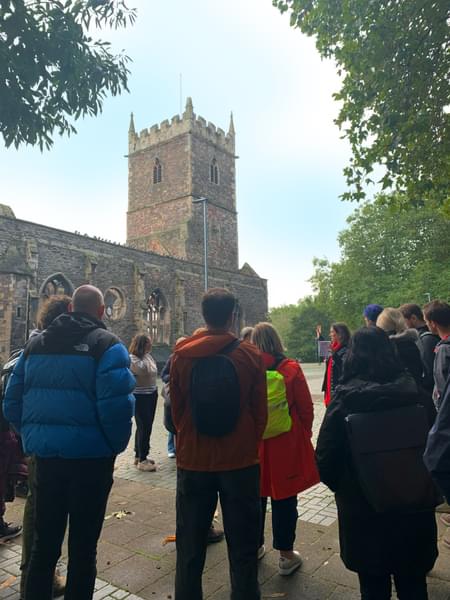
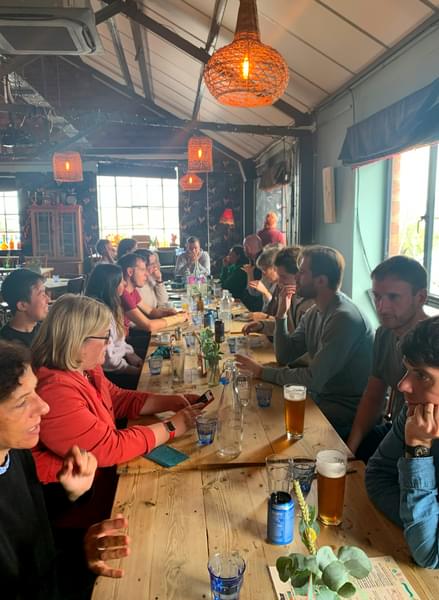
A fresh approach to mixed use in Paintworks Phase 3
When walking through the 210-home development it felt different to many places we’d seen before. The streets were tight and cosy, nicely framed by terraced houses with pitched roofs, and little pocket parks with seating dotted in the middle. Bold uses of colour have been applied to the houses to reflect the former Paintworks use. Aside from the road running around the outside of the development, the area was pedestrianised, and there was a noticeable calmness and quietness to the place. A world away from our stop at the Bearpit.
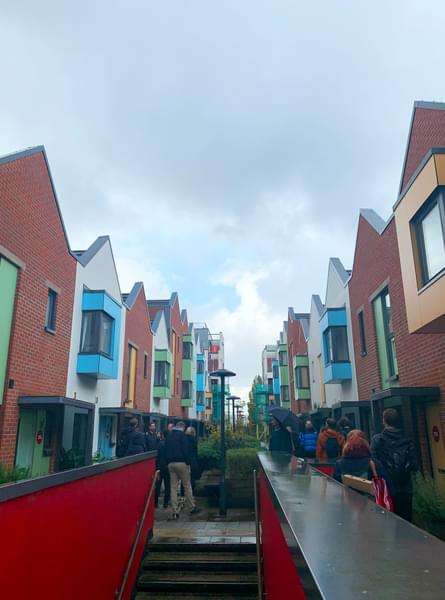
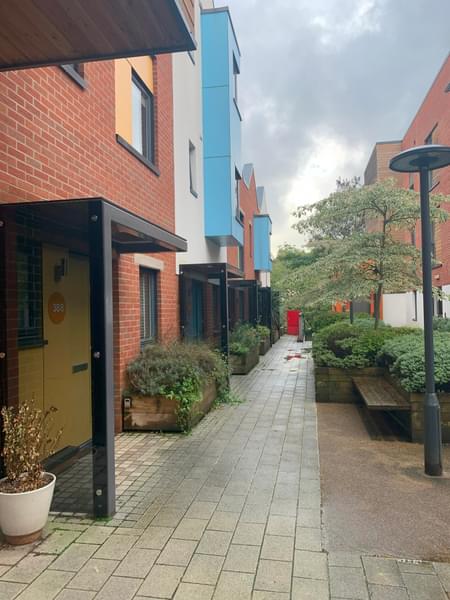
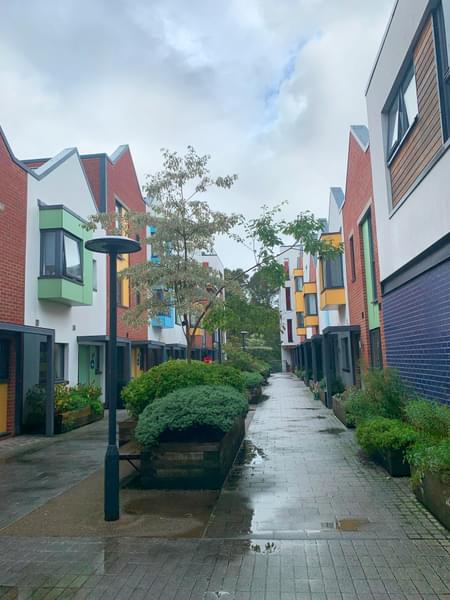
They were able to achieve this through rethinking how a development like this could be accessed. They decided to remove parking from the streets and place them beneath a podium, with the streets and houses above. Once they’d removed the need for parking, the need for vehicle access was not required outside the houses, so the roads were removed as well.
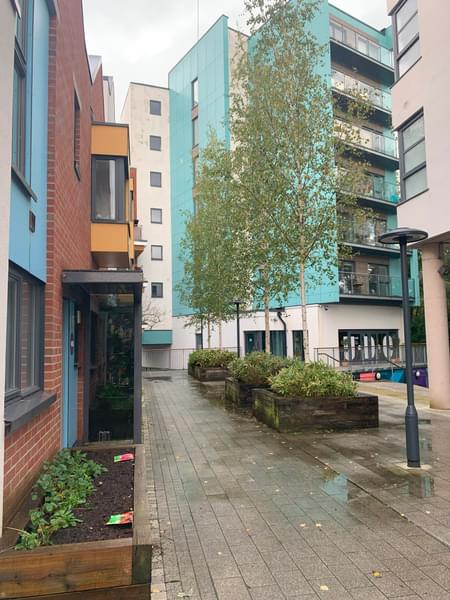
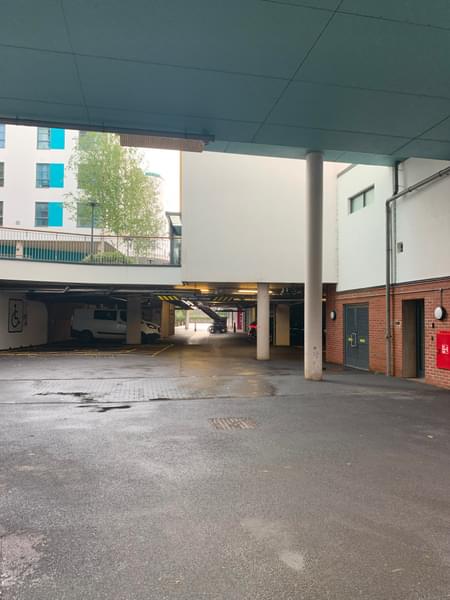
The resulting streets were much narrower than normal, 6 to 7 meters wide instead of 10 to 12 meters. This enabled more homes to fit within the site without increasing the height drastically. Conversations with the residents have shown that the fears the narrower streets may cause privacy issues were unfounded. In fact, feedback has been very positive with many stating there is a great sense of community there.
They have also been bold with the commercial uses too. Dotting small elements of office space throughout, and making sure these buildings stand out from the housing. One office building has a frame motif, reminiscent of the television. Another is decorated in an art deco style like the old ocean liners. They also included a row of live/work places, where small business can start-up on the ground floor and live on the upper two floors, all of which were snapped up by buyers quickly.
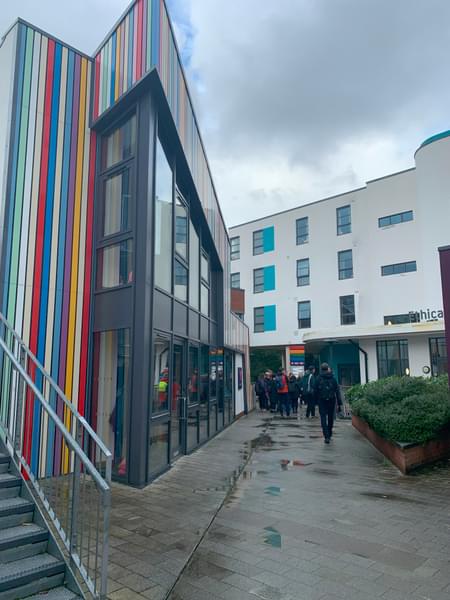
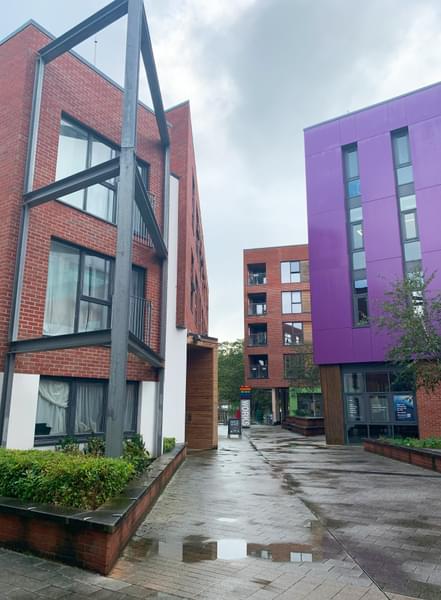
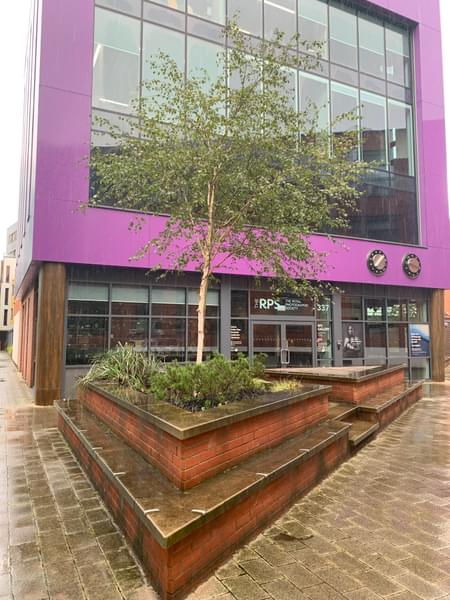
This is not to say the development is not without issues. Given the efforts to encourage people to use sustainable transport modes, the level of parking is quite high (this issue is more understandable given the proposal was put together over 10 years ago). And despite only being 5 years old, the buildings are already showing their age - an example of the struggle for building quality that planning authorities face outside of London.
However, this should not take away from the fact that it is a lovely example of what can happen when a developer takes the opportunity to be bold about what their development can do, and then carry that boldness through to its delivery.
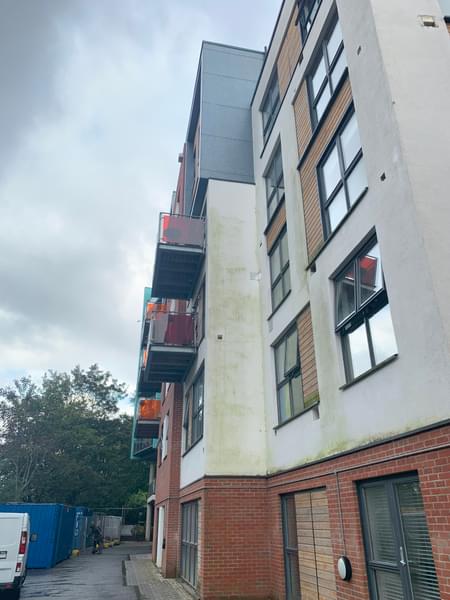
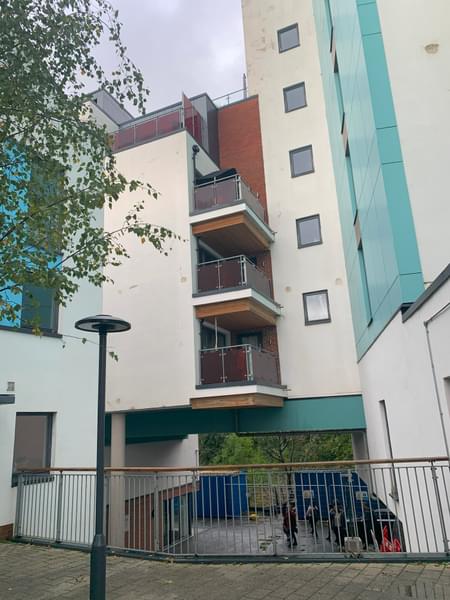
Reflections
We finished the day with a river tour led by a colourful character sprouting all kinds of facts about Bristol. The noise of the engine meant these didn’t reach my ears however it didn’t take away from it being a lovely experience.
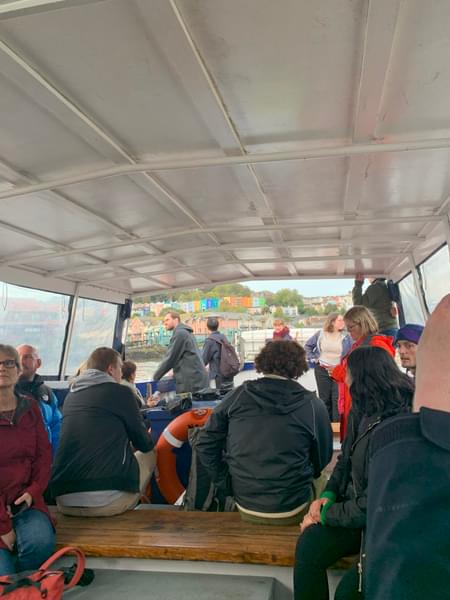
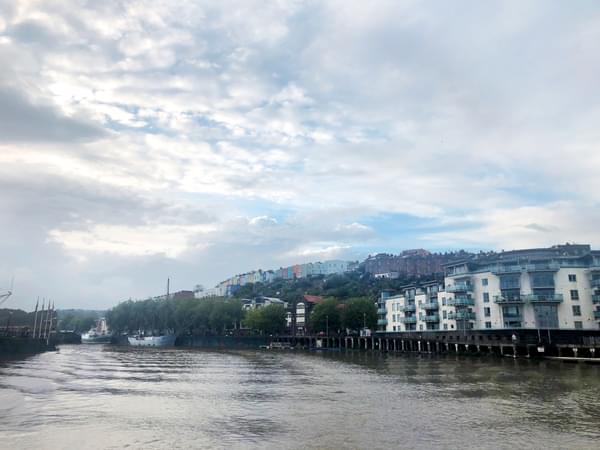
Dinner that evening gave us an opportunity to debrief on the day’s events. It seemed that Bristol is emblematic of many of our town and city centres in the UK. A lot of work is going into them is righting the wrongs of post war planning decisions. The problems, interventions and potential I described above is only a small part of what they are intending to do with the city centre, but I did leave thinking that Bristol is in very safe and competent hands.
Topics:
Related Updates
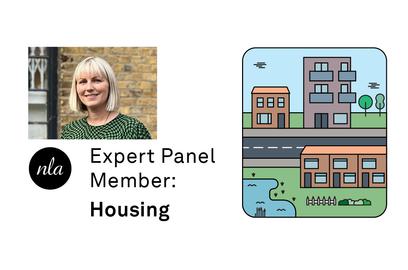
Lizzie Le Mare joins NLA Expert Panel

Tibbalds

Lizzie Le Mare attending LREF 2024

Tibbalds
Stay In Touch
Sign up to our Newsletter
Subscribe to our newsletter to receive updates about making people friendly places.
